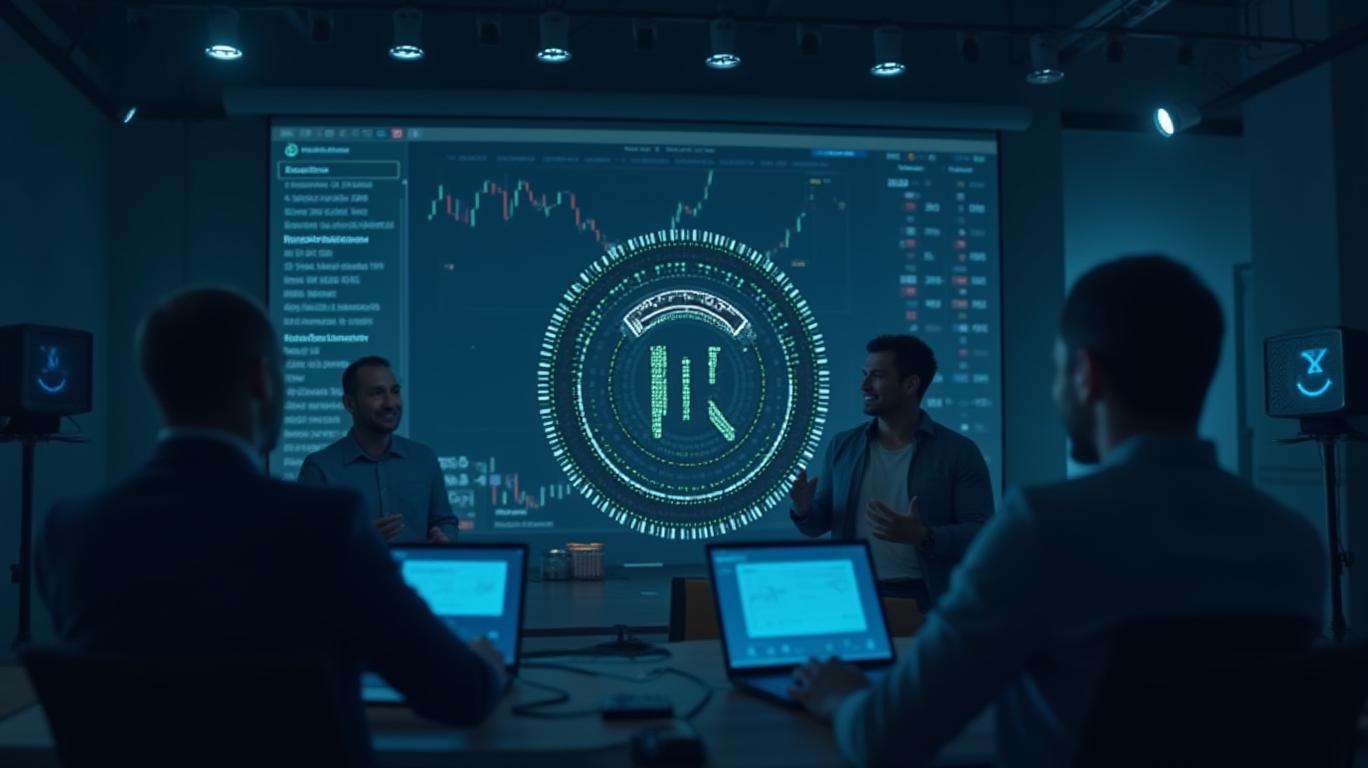Kraken Expands Services to Include Commission-Free Trading for 11,000 U.S.-Listed Stocks and ETFs
Kraken, a leading cryptocurrency exchange, has expanded its services to include commission-free trading for over 11,000 U.S.-listed stocks and exchange-traded funds (ETFs). This move allows Kraken users to trade a diverse range of traditional financial products alongside cryptocurrencies on a single platform. The initiative, initially launched in certain U.S. states and the District of Columbia, aims to provide a seamless and comprehensive trading experience for investors.
This strategic shift by Kraken, which has traditionally focused on cryptocurrency trading, positions the company as a versatile trading platform catering to a broader investor base. By offering commission-free trading for traditional financial instruments, Kraken is diversifying its service offerings and aligning with the growing trend of integrating traditional finance with the cryptocurrency market. This expansion is expected to attract investors interested in both traditional and digital assets, further strengthening Kraken's presence in the financial market.
The availability of over 11,000 stocks and ETFs from major exchanges provides investors with a wide range of options to build and manage their portfolios. This move is likely to appeal to a new segment of investors who seek to diversify their investments across both asset classes. By eliminating commissions, Kraken is making it more affordable for investors to trade a variety of financial instruments, potentially increasing trading volumes and user engagement on the platform.
This development highlights the evolving landscape of financial markets, where traditional and digital assets are increasingly converging. As more investors look to diversify their portfolios with both stocks and cryptocurrencies, platforms like Kraken are well-positioned to meet this demand. The integration of traditional financial products with cryptocurrency trading on Kraken represents a significant step towards bridging the gap between these two asset classes, offering investors a more holistic approach to managing their investments. 


_442a2dcc1749832873286.jpeg)
_e68fac6d1749831664430.jpeg)






